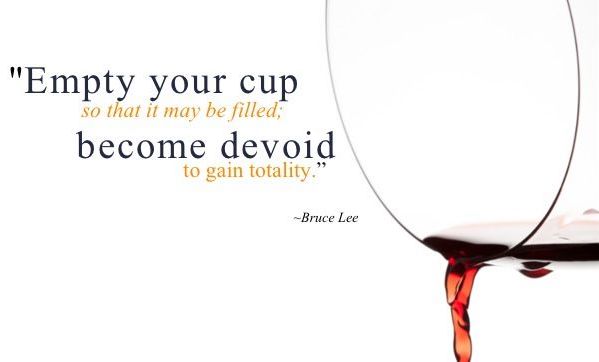Have you ever felt out-of-sorts with just minutes til your next meeting?
The Quick Brain-Body Reset is a practical solution that anyone can do when feeling out of sorts and need to show up! Reduce fatigue, increase energy and elevate the performance of your mind and body. In our experience, it’s one of the best and easiest bio-hacks ever.
One simple step, which you can do anytime, wherever you are!
Step 1. Breath with your attention on your heart

Guidance
- Imagine your breath flowing horizontally in and out of your heart,
- inhaling from your back through the front, and exhaling out the back of your heart,
- with your fullest deepest attention,
- for 5 breaths.
Why does this work?


The benefits of being in a state of coherence include:
- increased oxygen into the blood resulting in improved detoxification and recovery after exercise,
- reduced stress and anxiety coinciding with a rise in "happiness hormones" like serotonin,
- increase in positive emotions like gratitude, compassion, and love,
- improved mental clarity and focus,
- improved immune function,
- enhanced resilience,
- increased ability to communicate coherently, and
- enhanced creativity and intuition.
Studies supporting the benefits of practices that bring one into a state of coherence include:
Studies | References |
HeartMath Institute studies on heart coherence have shown a range of benefits, including reduced stress, improved mood, and increased emotional resilience. | McCraty, R., Atkinson, M., & Tomasino, D. (2003). Science of the Heart: Exploring the Role of the Heart in Human Performance. HeartMath Research Center. |
A study published in the Journal of Psychophysiology found that participants who practiced heart coherence experienced reduced levels of cortisol, a stress hormone, and increased levels of DHEA, a hormone that promotes well-being. | McCraty, R., Atkinson, M., Tiller, W. A., Rein, G., & Watkins, A. (1995). The effects of emotions on short-term power spectrum analysis of heart rate variability. The American journal of cardiology, 76(14), 1089-1093. |
A study published in the Journal of Alternative and Complementary Medicine found that heart coherence practice improved immune function in individuals with chronic fatigue syndrome. | Fukuda, S., Morimoto, K., Matsuoka, M., & Miyazaki, K. (2007). A pilot study on the effectiveness of heart rate variability (HRV) biofeedback in patients with fibromyalgia. Applied Psychophysiology and Biofeedback, 32(1), 1-10. |
A study published in the Journal of the American College of Cardiology found that practicing heart coherence improved heart rate variability, a measure of cardiovascular health and resilience. | Lehrer, P. M., Vaschillo, E., & Vaschillo, B. (2000). Resonant frequency biofeedback training to increase cardiac variability: Rationale and manual for training. Applied psychophysiology and biofeedback, 25(3), 177-191. |
A study published in the International Journal of Behavioral Medicine found that heart coherence practice improved mental well-being and reduced symptoms of depression and anxiety. | Karavidas, M. K., Lehrer, P. M., Vaschillo, E., Vaschillo, B., Marin, H., Buyske, S., & Malinovsky, I. (2007). Preliminary results of an open label study of heart rate variability biofeedback for the treatment of major depression. Applied psychophysiology and biofeedback, 32(1), 19-30. |
Additional tips:
If you feel it isn’t working:
- 1. ensure your full attention is inside your heart, allowing for any competing thoughts, feelings, noises etc. to pass outside of your primary awareness,
- 2. imagining your attention unhooking from your brain and sliding into your heart can help, as for most people, their sense of the source of their awareness is in their head,
- 3. If you’re finding it challenging to connect with your heart, it may simply be that like many people, the conditioning to use the mind for everything is still very strong. It literally is a muscle, and so the best thing you can do, just like training the muscles of your body to do a sport, is to keep on training yourself to connect with your heart with this exercise, and it will start to happen. The “Fake it til you make it” approach sometimes works!;),
- 4. try just focusing on your breath for a while, which will give you some of the benefits, and then focus on your heart when that feels more possible.
If you’re finding this practice useful and want to try more like it:
Now go BE amazing!
From our hearts to yours, the team at Evolving Human.







